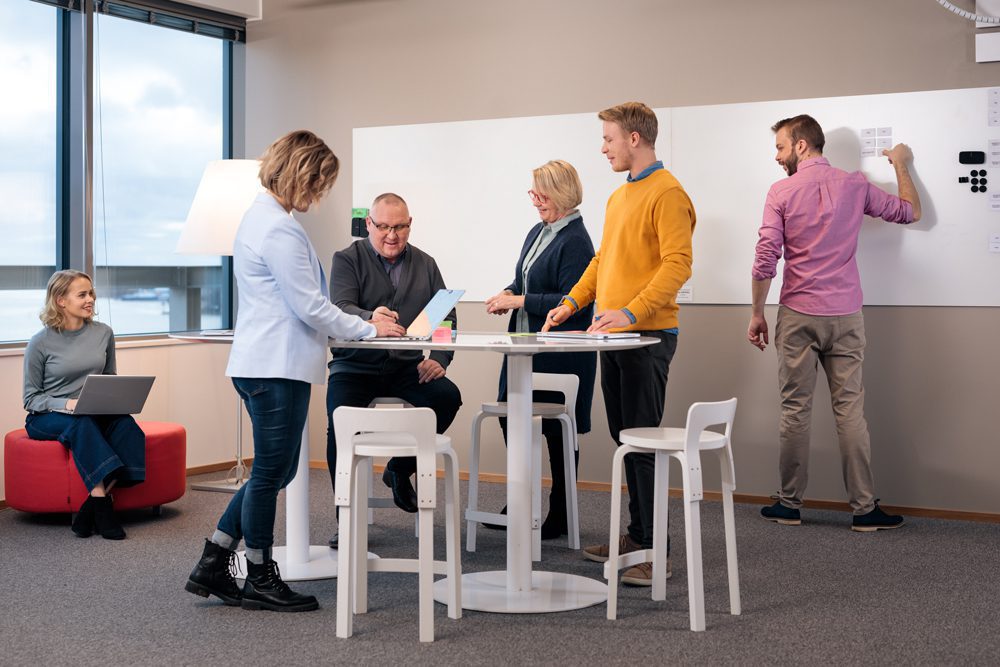
What is Senate Properties doing to ensure better indoor conditions?
Maintaining and ensuring good indoor conditions is part of everything we do. Under the Government Premises Strategy, management of central government’s premises matters has been focused on Senate Properties. If a client needs new space arrangements or facilities because of functional changes or to improve the use of space, Senate helps in defining the space objectives and quality standard, compares and choses the best of the facilities options.
More than 600 buildings are subject to building inspection. We regularly monitor the condition of the structures and ventilation system. The aim is that more than 90% of our clients’ employees work in inspected premises. In addition, we have carried out radon measurements in more than 700 buildings and ensured successful repairs. Radon is a particular indoor air quality problem in Finland.
There are currently a total of 16 development projects relating to our indoor air quality operations under way. Everyday activities include rewarding cleaners for reporting indoor air quality observations as well as rapid action teams comprising Senate’s indoor air experts and a detection dog team to respond to abnormal indoor conditions.
We have achieved results. Client satisfaction with indoor air quality and Senate’s approach to dealing with indoor air matters has improved since 2015. Senate Group manages almost 9,000 buildings in which more than 100,000 people work. We take our responsibility for indoor air quality seriously in central government.
Senate Properties’ indoor air quality operations comprise three concepts
- 1 Quality assurance during construction as well as building upkeep and maintenance
- 2 Continuous development of own indoor expertise and extensive cooperation
- 3 Proactive detection and prompt reaction
Quality assurance during construction as well as building upkeep and maintenance
One aim of our construction is that the solutions, materials and fault tolerance of newbuild or facilities to be modernised must promote good indoor environment conditions. We have several means available to achieve this aim. For example, when repairing an old building, the choices we make are guided by feedback on indoor air received from facilities users, the history of the use of the facilities, the technical age of the building and systems, future usage needs and earlier studies. For indoor air repairs needed, we use Senate’s designers and contractors who know about the topic and carefully supervise the work.
When a building is in use, it must not just be properly used but also properly upkept and maintained. In order to ensure that the indoor conditions remain in good condition during the use of the building, systematic property maintenance and professional cleaning are needed. At the same time, complex control and management systems require the building and its operation to be monitored at all times.
To handle customer feedback on indoor conditions, instruction cards have been prepared for property maintenance to detect and resolve the causes of mustiness, unpleasant odours, air that feels too dry, moisture condensing on surfaces, noise nuisances, high and low room temperature and draughtiness. Online study material has been produced for cleaners, with practical information on factors affecting good indoor air and how the cleaner’s own actions affect indoor air. We perform annual property maintenance and cleaning quality audits to ensure that our service provider partners take into account the impact of their operations on the quality of indoor conditions. Of course, it’s important for the facilities user to know how their own choices can improve or adversely affect indoor air quality.
Senate inspects its buildings regularly by carrying out structural and ventilation inspections every three years, i.e. with indoor air-weighted condition evaluations. Through these, we try to catch early warning signs that have already or that could, if left untreated, have negative effects on indoor conditions. Based on the inspection results, we target and prioritise more detailed condition investigations, upkeep, maintenance and investments.
Continuing development of our own indoor air expertise and extensive cooperation
Senate has increased the indoor air expertise of its organisation in many ways: we have 18 indoor conditions experts and our own indoor air training programme tailored for property and technical managers. We reach out to other personnel groups working with clients’ indoor air experiences through online training and regular open discussion forums on indoor conditions. The onboarding programme for new employees includes a section on indoor conditions, the extent of which naturally depends on the person’s job description. We have trained not just our own people, but also regional and national property maintenance, upkeep, cleaning and indoor air consulting framework agreement partners.
We are actively engaged in seminars and events in the indoor air sector, we write expert articles for different media and we also arrange stakeholder events (e.g. Senate Arena) on the theme of indoor conditions. We actively engaged in the Tervet Tilat 2028 project and its networks. We work together with universities and each year enable a few thesis projects on indoor conditions under our backing. We are also involved in the activities of the Finnish Society of Indoor Air Quality and Climate, the inter-municipal indoor air network and the Classification of indoor climate committee. Our experts have been involved in writing the mould detection dog guide in the Tervet Tilat 2028 project. We aim to play and active role in updating ways of working in the sector.
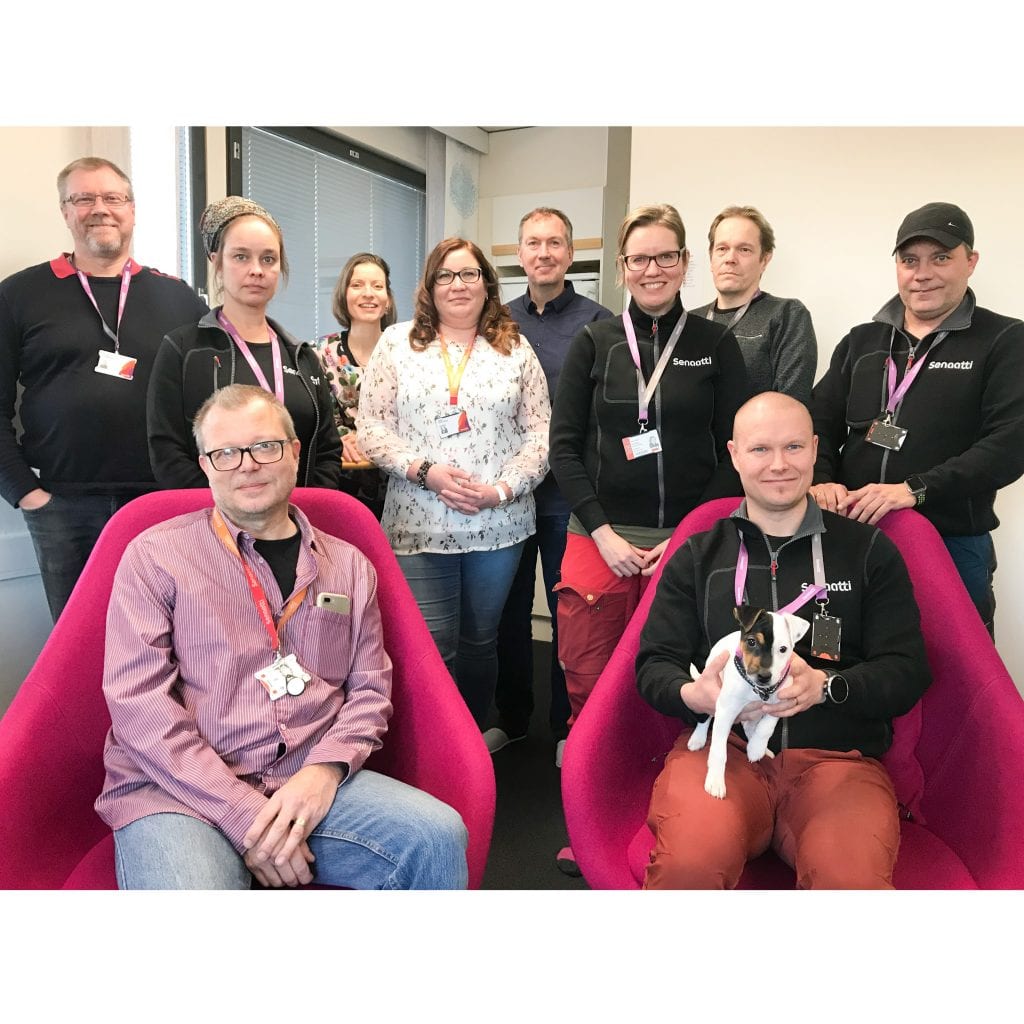
Our indoor air experts
The purpose of our indoor condition team is to help our property and construction managers to manage and anticipate indoor air quality problems with a zero-tolerance approach. The team prepares instructions and guidelines and plans and provides indoor condition training.
The team is supported by our pack of detection dogs (K9), which perform proactive indoor air quality analyses and confirm suspected cases throughout Finland. The team comprises 12 specially-trained dogs and their qualified handlers.
Pictured: members of the indoor air quality and detection dog teams from left to right:
Markku Hyvärinen, Maria Jokela, Risse Koponen, Anne Korpi, Jenni Kotilainen, Kimmo Ahonen, Emilia Rainetoja, Jari Savela, Ville Heikkinen and Jussi Grönman. Ville is holding Titta, an 11-week-old detection dog-in-training.
Proactive detection and prompt reaction
Feedback from facilities users and our clients’ facilities management must be collected about how well the facilities are aligned with their activities and whether changes can be expected in their needs for facilities use. This allows us to respond to their needs for change in a timely, orderly way so that the facilities user does not modify the facilities and the crowding of facilities to meet their own needs – usually at the expense of indoor air.
We monitor the number of indoor condition service requests that users submit to property maintenance and the response to them on a monthly basis. Almost 220 buildings already feature a possibility to conveniently use a QR code to submit service requests. The indoor conditions section in the annual user satisfaction survey provides information on the user experience for each property. In the survey, we ask facilities users for feedback on temperatures, draughtiness and air freshness.
We also organise indoor air clinics, where early signs of dissatisfaction can be raised even before users complain. They at least offer a chance to react immediately to user feedback, correct misconceptions and provide information. Proactive indoor air clinic activities have become established as one of Senate’s indoor conditions communications channel. This is where we give users a chance to ask our panel of experts about matters relating to indoor conditions and the work environment.
We constantly monitor indoor conditions, mostly temperature, to ensure they remain within the limits laid down in more than 120 buildings. Besides this, we have innovated an indoor air incentive model for cleaners in those buildings with Senate Properties arranges cleaning services. An incentive is paid to the cleaner making an observation of particular importance in preventing indoor air problems. Defence Properties Finland has introduced a similar indoor air tipoff incentive scheme for staff.
In order to ensure that facilities users know what to do in the event of indoor condition matters, we review the Government indoor air management model with customers. This is Senate Properties’ standard way of operating and standard guidance, which are supplemented with things we indicate are to be determined by the client. Also in shared work environments the indoor air management model has been tailored for shared use.
Related
What can you do for indoor conditions?
Working for better indoor conditions
What do we mean by indoor conditions?
Articles related
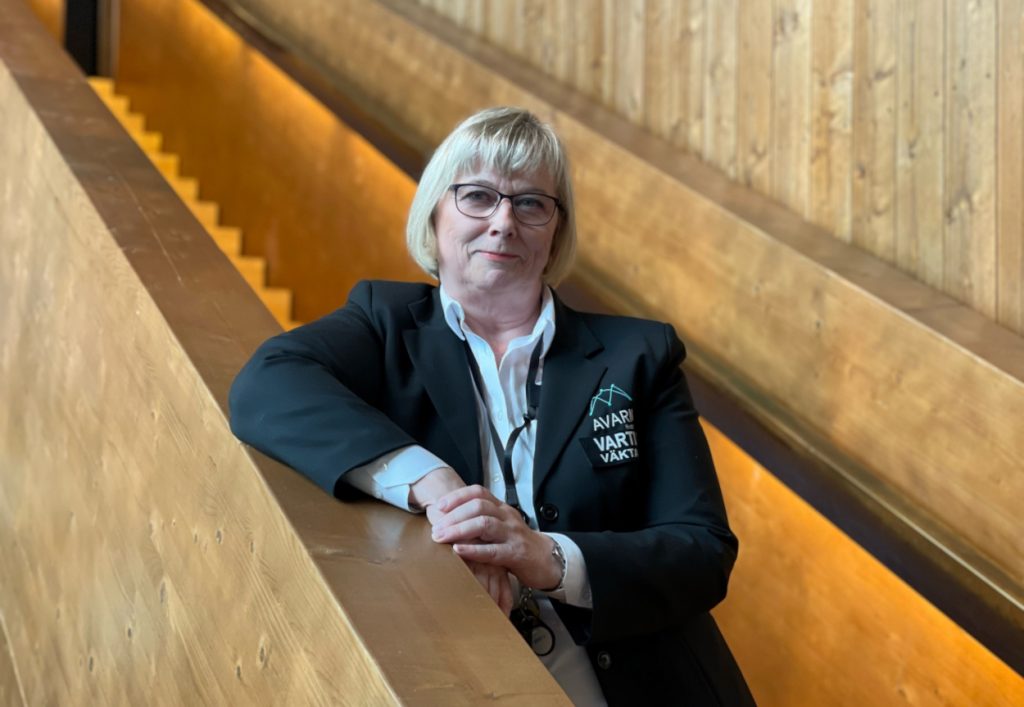
Like a business card – what makes a good reception service?
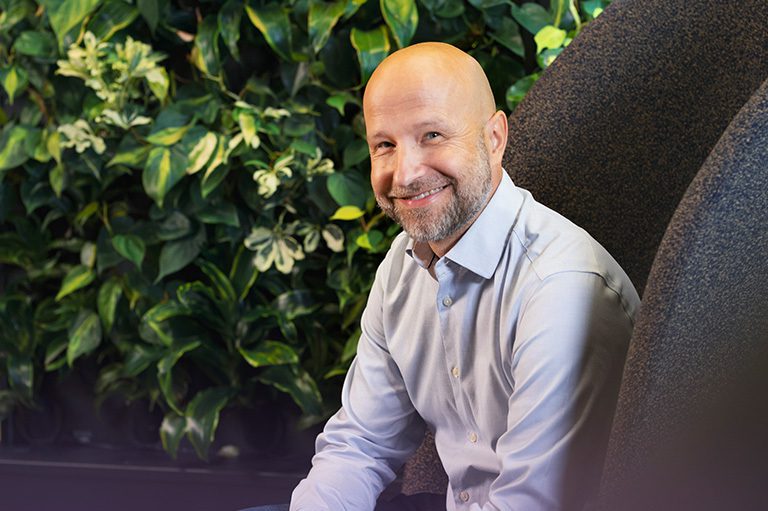
Responsibility is part of construction
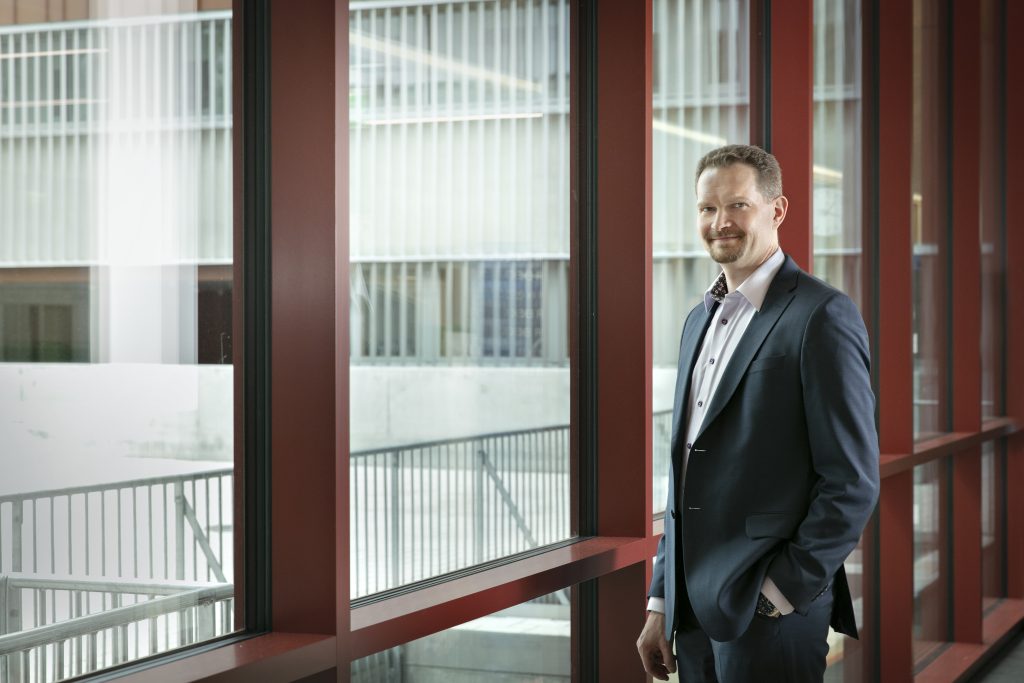
We help our clients to raise their level of preparedness
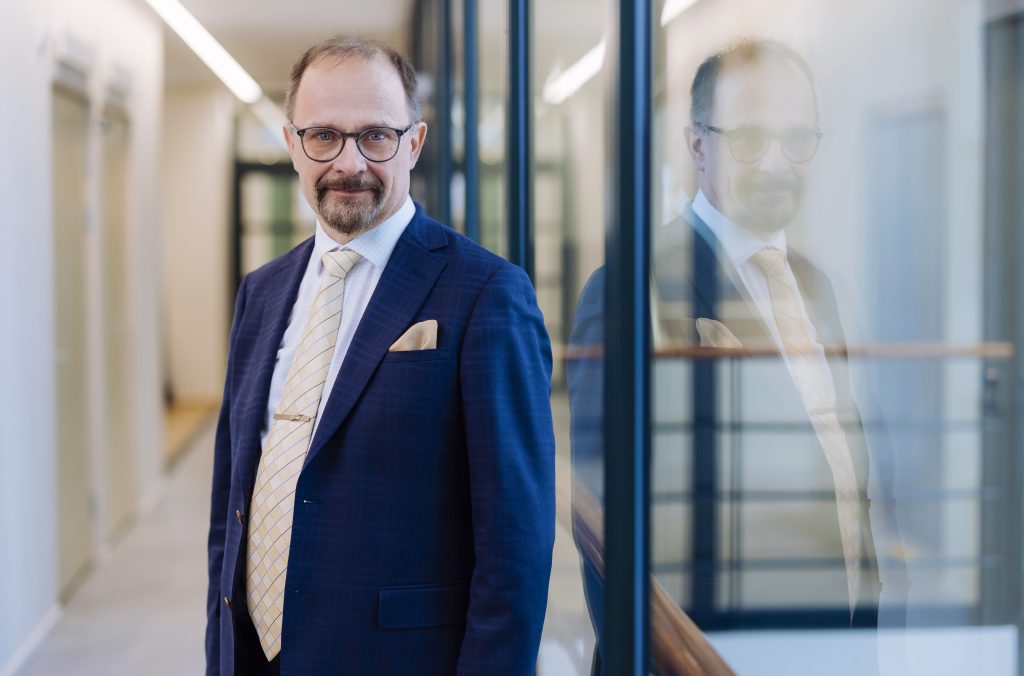
Network of shared work environments expanding in stages
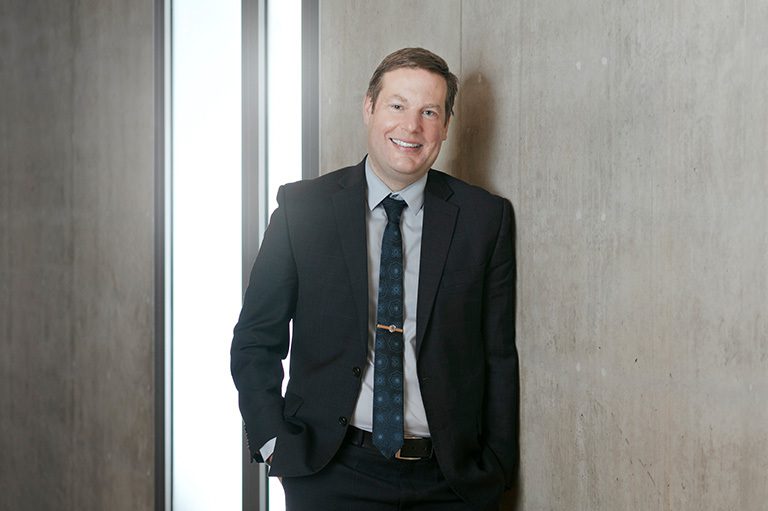
NATO membership will make Defence Properties Finland’s operating environment even more international

